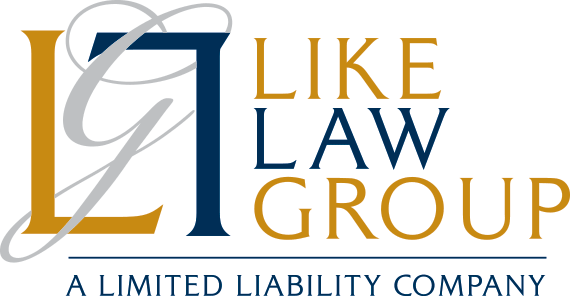The generation-skipping transfer (GST) tax, is a tax assessed on gifts from one person to another person in two or more generations younger, or someone who is at least 37 ½ years younger (also known as a skip person). Although not everyone will have to address this as part of their estate plan, if you have clients who are looking to make a large gift or leave a large inheritance to a skip person, it may be beneficial to see how the math works in this type of situation.
Generation-Skipping Transfer Tax Rate
The federal GST tax rate matches the highest federal estate tax rate, currently set at 40 percent. For high-net-worth individuals, effective GST tax planning is crucial in managing combined estate, gift, and GST tax burdens.
Generation-Skipping Transfer Tax Exemption
Individuals can transfer a specific value of money and property to skip persons, either during their lifetime or after death, before triggering the GST tax. This exemption equals the federal estate and gift tax exemption amount ($13.61 million in 2024). Be aware, there is no portability for the GST tax exemption. Therefore, clients need to use it or they lose it.
Exceptions to the Generation-Skipping Transfer Tax
Your client may already have a trust. If so, certain irrevocable trusts established before September 25, 1985, are grandfathered and exempt from the GST tax provisions in section 26.2601-1(b)(1) of the Treasury Regulations. Modifications or additions to these trusts can jeopardize the exception. Additionally, gifts for educational or medical expenses to skip persons, such as health and education exclusion trusts (HEET), are excluded from GST tax application.
Applicable Fractions and Inclusion Ratios
To understand how the GST tax will affect your client’s estate, you need to do some math. The GST tax calculation relies on the inclusion ratio, indicating the extent to which a transfer is subject to GST tax. This ratio is determined by the applicable fraction, considering the individual’s GST tax exemption. An inclusion ratio of one means the direct skip or trust is fully taxable. Any number between zero and one indicates the transfer is partially subject to GST tax.
The amount of the GST tax exemption allocated to the transfer is divided by the value of the property involved in the transfer. The fraction is rounded to the nearest one-thousandth (.001) and looks like this:
The next step is determining the inclusion ratio by subtracting the fraction from the number one. Depending on the ratio, the trust is either fully exempt, fully taxable, or partially taxable.
Fully Exempt Trust
Let’s say your client creates an irrevocable trust for the benefit of a grandchild and their descendants in 2024, when the entire GST tax exemption of $13,610,000 is available and allocated to the trust.
If your client transfers $13,610,000 (or less) to the trust, the inclusion ratio would be zero:
1 – (13,610,000 / 13,610,000) = 1 – 1.000 = 0
The trust would be fully exempt from GST tax.
Fully Taxable Trust
Now, let’s assume that your client had previously used their GST tax exemption and there was none available to allocate to the grandchild’s irrevocable trust, the inclusion ratio for this transfer would be one:
1 – (0 / 13,610,000) = 1 – 0 = 1
The trust would be fully subject to GST tax.
Partially Exempt Trust
Partially exempt trusts have a portion of money or property subject to the GST tax, while another portion may qualify for an exemption.
If your client puts $15,500,000 in the irrevocable trust, and their entire exemption is available, the inclusion ratio would be:
1 – (13,610,000 / 15,500,000) = 1 – .878 = .122
The applicable fraction is .878, and the inclusion ratio is .122. The trust would be partially subject to GST tax. When distributions are made to the grandchild, there will be a tax due. To calculate how much will be owed, we first must know what the tax rate is at the time of the distribution. For example, if the rate is 40 percent,
40 percent x .122 = 4.88 percent
If the grandchild receives a taxable distribution from the trust of $125,000, the GST tax would be $6,100.
For gifts or bequests made directly to the skip person, the formula works similarly, the inclusion ratio is multiplied by the GST tax rate in effect at the time of the transfer.
It Takes a Team
We understand that the GST tax can be complicated at times. By working as a team, we can assist our clients in planning and carrying out their wishes.


